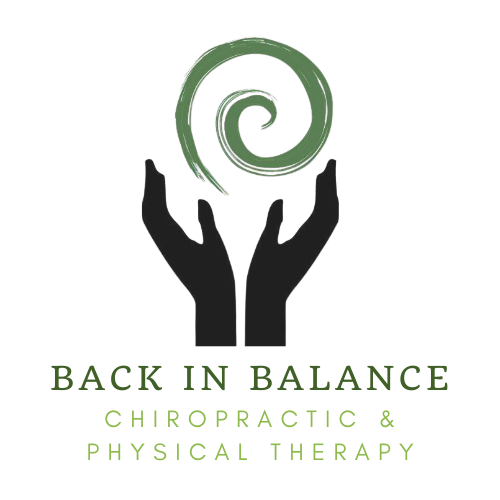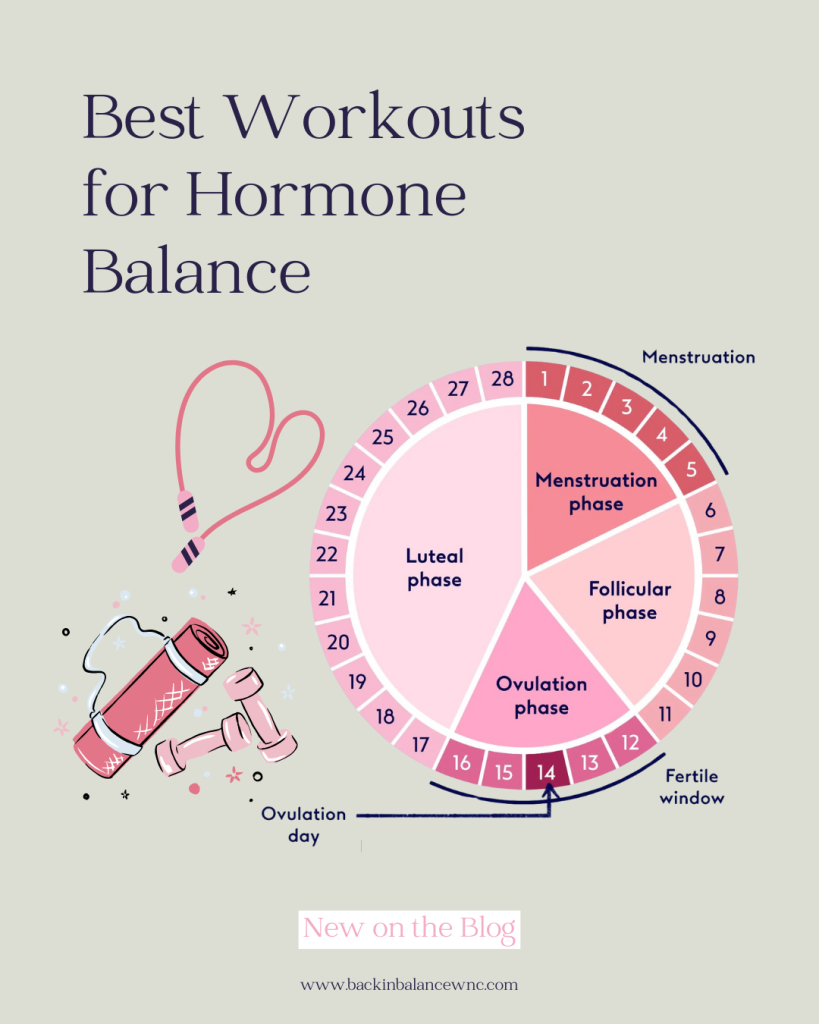Hormones play a crucial role in overall health, affecting energy levels, mood, metabolism, and even how the body responds to exercise. For women, hormone fluctuations throughout the menstrual cycle can impact workout performance, recovery, and the effectiveness of different types of movement. Understanding how to align workouts with hormonal shifts can support balance and optimize fitness results.
The Menstrual Cycle and Exercise
Each phase of the menstrual cycle affects energy levels and exercise capacity differently. Tailoring workouts to these phases can enhance both physical and hormonal well-being.
Follicular Phase (Days 1-14)
The follicular phase begins with menstruation and continues until ovulation. Estrogen levels start low and gradually rise, leading to increased energy and strength. This is an ideal time for moderate to high-intensity workouts, such as strength training, cardio, and interval training. Resistance training during this phase can be particularly beneficial for building muscle and improving endurance.
Ovulation (Around Day 14)
Estrogen peaks around ovulation, providing a temporary boost in strength, endurance, and motivation. Many women find they perform their best in high-intensity workouts, such as sprinting, weightlifting, or circuit training, during this time. However, joint laxity may also increase, so proper warm-ups and attention to form are essential.
Luteal Phase (Days 15-28)
After ovulation, progesterone levels rise, which can lead to lower energy levels and increased fatigue. The body may also retain more water, making high-intensity workouts feel more challenging. This phase is ideal for lower-impact activities like yoga, Pilates, walking, and steady-state cardio. Strength training can still be incorporated, but with a focus on lower intensity and longer recovery periods.
Menstrual Phase (Days 1-5 of a New Cycle)
During menstruation, hormone levels drop, leading to potential fatigue and lower motivation. Gentle movement such as yoga, stretching, walking, or light resistance training can help improve circulation and ease cramps. Listening to the body and prioritizing recovery during this time can prevent burnout and support long-term hormone balance.
The Best Workouts for Hormone Balance
While aligning exercise with the menstrual cycle can be beneficial, certain types of movement are particularly supportive of hormone health year-round.
- Gentle Movement: Activities like yoga, walking, and stretching help reduce stress and support the nervous system, preventing excessive cortisol production, which can disrupt hormonal balance.
- Strength Training: Resistance exercises support muscle growth, metabolism, and blood sugar regulation. Strength training also promotes healthy levels of estrogen and progesterone, particularly in premenopausal and postmenopausal women.
- Low-Impact Cardio: Activities like swimming, cycling, and hiking improve cardiovascular health without placing excessive stress on the body, making them ideal for the luteal and menstrual phases.
- Mind-Body Practices: Pilates, tai chi, and breathwork support hormone balance by reducing stress, improving circulation, and enhancing overall well-being.
Supporting Hormonal Health Beyond Exercise
In addition to movement, factors such as nutrition, sleep, and stress management play a significant role in maintaining hormonal balance. Prioritizing whole foods, getting adequate rest, and managing stress through mindfulness practices can enhance the benefits of a well-rounded exercise routine.
The Role of Chiropractic Care in Hormonal Balance
At Back in Balance, we understand that hormonal health extends beyond exercise and nutrition. Chiropractic care plays a vital role in supporting the body’s natural balance by improving nervous system function. Misalignments in the spine can interfere with the endocrine system, impacting hormone regulation. Gentle chiropractic adjustments help restore communication between the brain and body, reducing stress, improving circulation, and promoting overall well-being.
By incorporating chiropractic care into a wellness routine, women can enhance the benefits of exercise, reduce inflammation, and support their body’s ability to maintain hormonal balance. At Back in Balance, we are dedicated to helping individuals achieve optimal health through a holistic approach, including chiropractic care, lifestyle recommendations, and movement strategies tailored to individual needs.
By aligning workouts with hormonal fluctuations, incorporating supportive movement year-round, and integrating chiropractic care, women can optimize their fitness while promoting overall health and balance.




